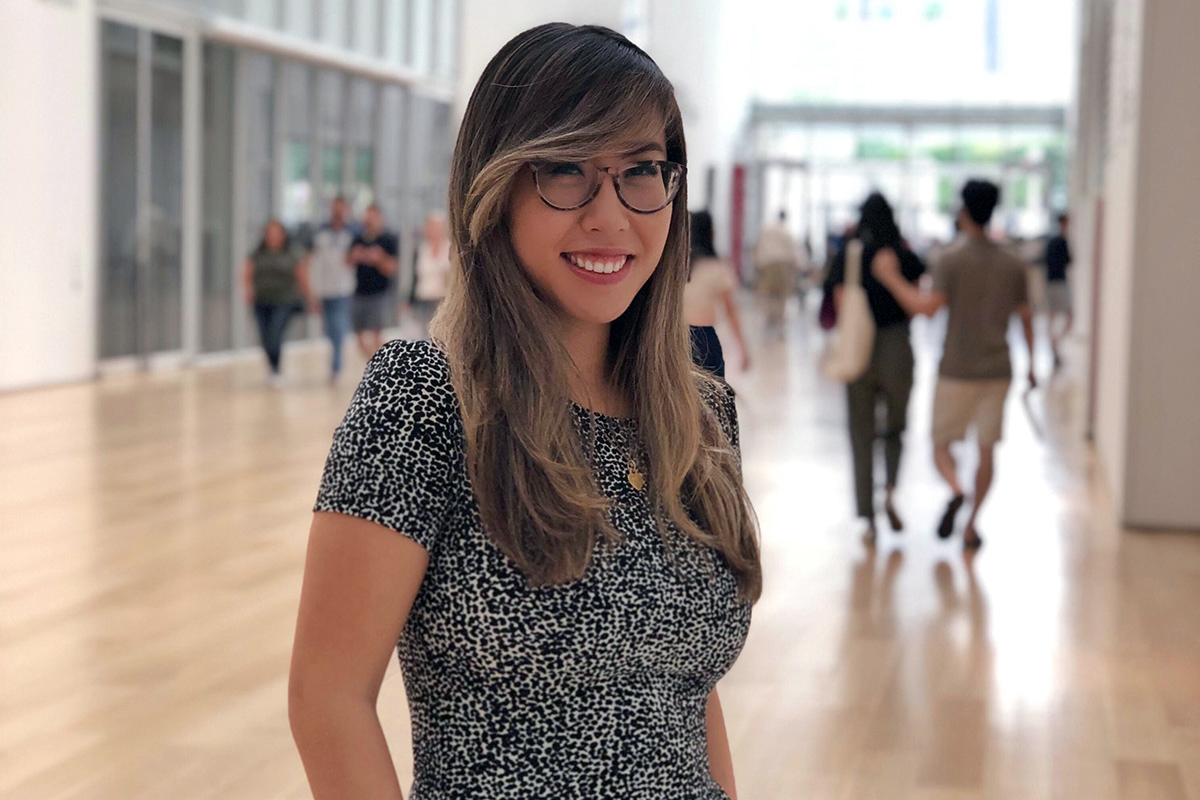When Olivia Hu was in middle school, around 2008, a blog called “Stuff White People Like” went viral. “It was this long list of stuff white liberals supposedly liked,” says Hu. “It was satirical, but on that list—I think it was between ‘Wes Anderson movies’ and ‘nonprofits’—was ‘Asian girls.’ And my young tween brain was so confused as to why I and other people who looked like me would be put on a list that mostly consisted of inanimate objects. That’s when I realized that love might be fraught for me, and I was really curious why.”
In the U.S., the number of new marriages between two people of different racial or ethnic backgrounds has been growing, but same-race unions are still the norm. A report by the Pew Research Center in 2017—50 years after Loving v. Virginia legalized interracial marriage nationally—put the percentage at 17.
As a fifth-year doctoral candidate in sociology at Penn’s School of Arts & Sciences, Hu is now working to understand the lives behind such statistics, to learn more about love and race, especially where the two intersect. “I’ve decided to study the social forces that shaped the creation of that viral list,” she says, “as well as love and desire more broadly.”
Hu’s main research method has been in-depth interviews, averaging two hours, with New York-based individuals who identify as East Asian women and who are in relationships with partners who identify as male and as white, Black, South Asian, or Southeast Asian. “Most of the sociological literature on interracial relationships focuses on couples in which one partner is white,” says Hu. “But this doesn’t allow us to understand how people of color navigate the racial boundaries that separate them from other people of color.”
Hu’s interviews cover the participants’ life histories, including where they grew up, who they hung out with, career paths, “those sorts of things,” she says. They then discuss how the participants’ relationships have been received by family members, friends, colleagues, even strangers the couple encounters. And finally, they talk about how participants themselves experience the relationships, “conversations or conflicts, perhaps, that revolve around racial, ethnic, or cultural differences,” says Hu.
The experiences really run the gamut, she adds. “There are some folks who are very aligned with their partners on racial issues and experiences, and then others who have very contentious conversations about race.”
Hu then codes and analyzes themes across the interviews. She conducted 47 for her master’s thesis. “For my dissertation my target is 100, so it’s a lot of talking, and I say I have no idea how I would do this work if I weren’t so extroverted,” she jokes.
One of her most interesting findings so far, outlined in a paper under review in an academic sociology journal, stresses the importance of early childhood platonic friendships in the development of individuals’ romantic preferences.
Read more at OMNIA.








